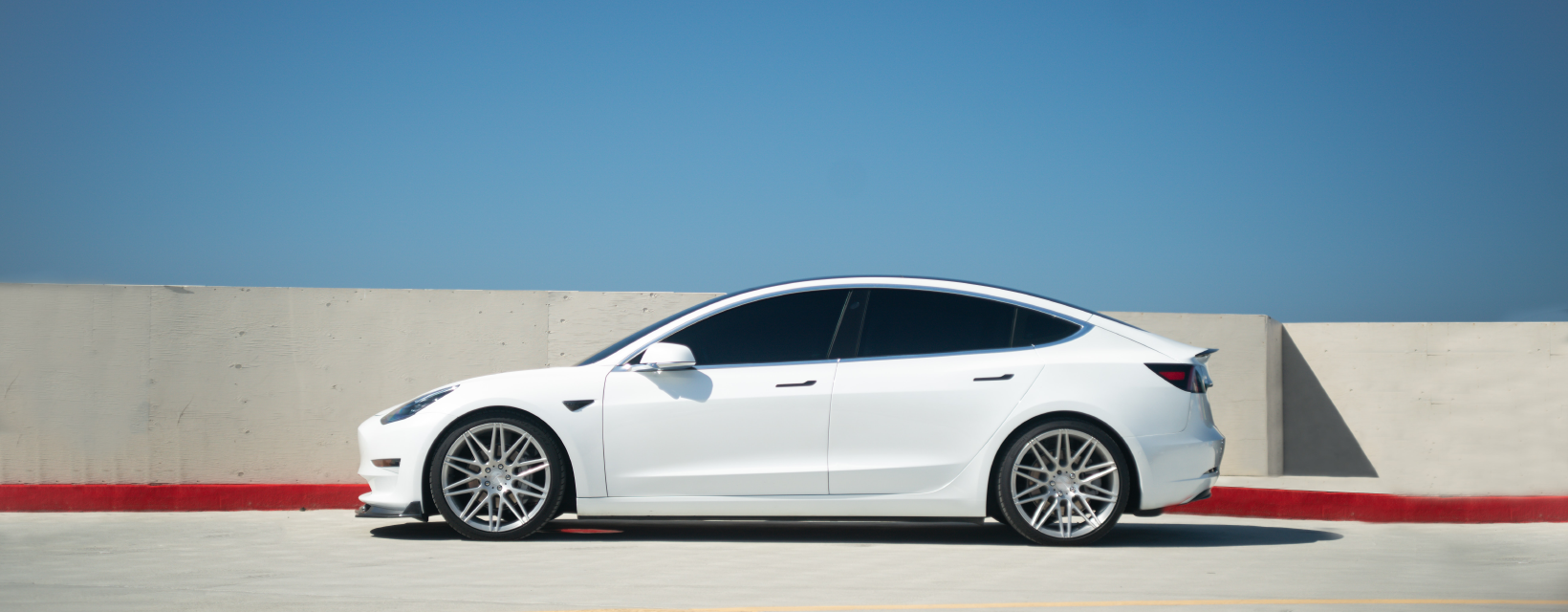The big picture is the shift to EVs, autonomy, and renewable energy will take longer than most think but will be more transformative in the end than most appreciate. We maintain the view that this reality will likely create near-term volatility in Tesla shares. In the end, we continue to believe these segments will be the foundation of the future of transportation and energy consumption and will increase Tesla’s market cap over the long run.
Margin improvement builds the case for a tech multiple
The biggest takeaway from the June results was that automotive gross margins ex-credits were a record 25.8% despite overall ASPs down 2% y/y (due to a higher mix of cars sold in China) and a higher-priced component environment. The Street was looking for 22.5% compared to 22% reported in March of this year. Deferred revenue increased quarter on quarter by 6%. This suggests the strong auto margins saw limited benefit from Tesla recognizing high margin FSD dollars off the balance sheet. Improving auto margin is important because for Tesla to maintain its tech-like multiple, the company will have to expand auto margins into the 30% range.
Delivery guidance. The company reiterated its 50% average annual delivery growth rate over a “multi-year horizon” and expects deliveries to grow greater than 50% in 2021. The Street is around 65%, and we estimate 2021 delivery growth will be closer to 80%, driven by the Model Y ramp in Shanghai, the beginning of vehicle deliveries from Giga Berlin and Austin, and favorable 2020 comps. Tesla is experiencing accelerating delivery growth, the defining feature of a growth story:

- Cash on hand stands at $16.2B, down from $19.1B in March and $19.4B in December, largely due to net debt and finance lease repayments of $1.6B, offset by free cash flow of $619m. In the quarterly letter, the company stated they “have sufficient liquidity to fund our product roadmap, long-term capacity expansion plans, and other expenses.”
- Full autonomy. For the second quarter in a row, there was a pause in the company’s public commentary around the timing of full autonomy. Musk did say he has no doubt autonomy will be reached, given automation is safer than a human driver. Our guess is we are three to five years away from full autonomy.
- FSD subscription. Musk expects the FSD subscription, which launched last week, to slowly build and be “a significant factor next year.” Translation: it will have a significant impact in 2024. The year matters less than the fact that consumers will likely buy the high-margin FSD offering at an increasing rate as more features are added. We believe, longer-term, FSD subscriptions will have a powerful impact on Tesla’s earnings.
- Tesla Semi deliveries will be delayed from previous expectations of late in 2021, now expected to begin in 2022. While annual semi deliveries will be minuscule, it is an important platform given long, predictable highway miles are ideal conditions for full autonomy. We believe Tesla’s long-term vision for its trucking segment is to sell semis and eventually offer a high-margin logistics and dispatch layer that would compete with traditional logistics companies like C.H. Robinson. The biggest recurring constraint on Semi production will be battery cell capacity. Semis require 5x more cells than a car, and the company is already cell constrained.
